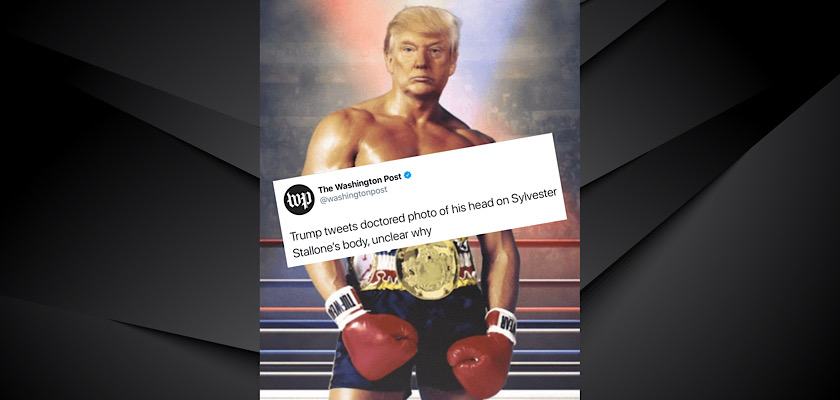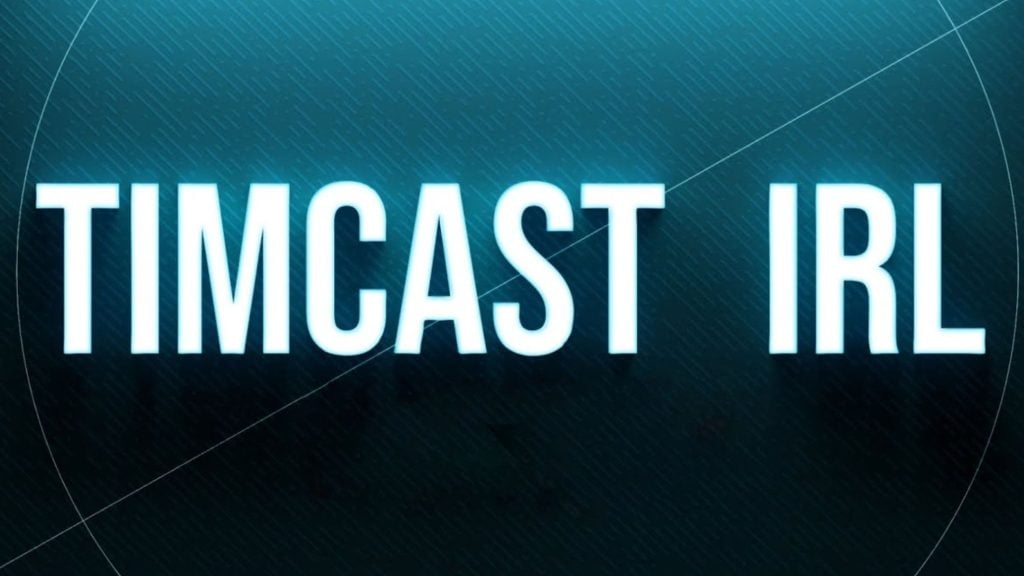Earlier today, President Trump tweeted out a meme that superimposed his head on the body of Rocky Balboa.
Click here to display content from Twitter.
Learn more in Twitter’s privacy policy.
As has become par for the course since Trump took office, the legacy media responded by framing it as a “doctored” photo.
Click here to display content from Twitter.
Learn more in Twitter’s privacy policy.
Click here to display content from Twitter.
Learn more in Twitter’s privacy policy.
Click here to display content from Twitter.
Learn more in Twitter’s privacy policy.
Many are responding to the framing as being reflective of an out of touch legacy media that has no sense of humor. However, framing Trump’s memes or satirical videos as “doctored” also blurs the line between memes, which are intended to be humorous, and other types of manipulated media, which are intended to mislead.
This isn’t the first time legacy media outlets have framed Trump’s memes with this type of language. When Trump retweeted a video showing highlights of Nancy Pelosi stammering during a press conference in May, many legacy media outlets described it as “doctored.” Since then, legacy media outlets have consistently labeled Trump’s memes as “doctored” or “faked.”
Adobe, Twitter, and The New York Times recently announced that they were developing a DRM-style attribution system for memes and The New York Times suggested that it may be used to combat what it deems to be “misinformation.”
The constant labeling of Trump memes as “doctored” and “faked” lays the groundwork for memes to then be targeted by systems such as the DRM-style attribution system for memes which on the surface appear to be targeting intentionally misleading content but actually have a much wider scope.
If you're tired of censorship and dystopian threats against civil liberties, subscribe to Reclaim The Net.









